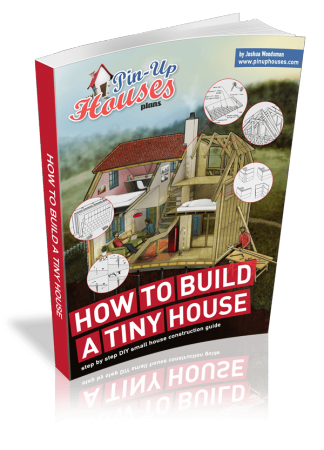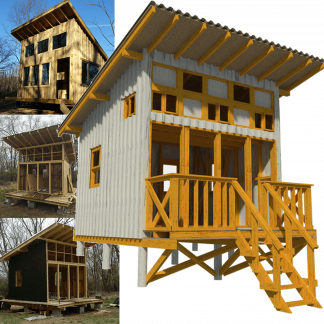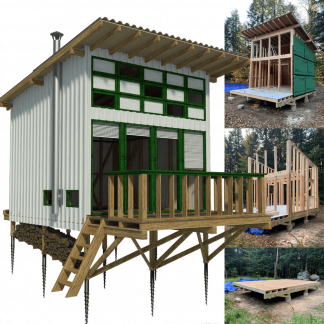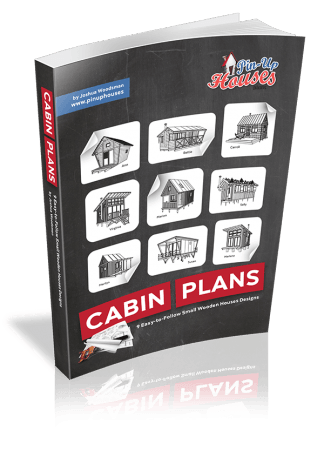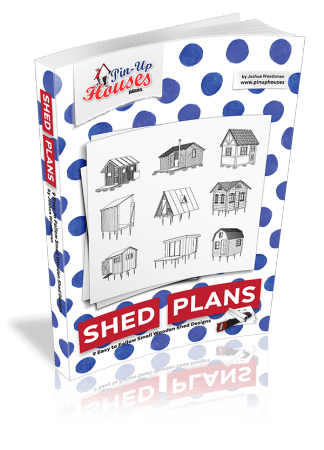
Buying your first home is more than just a financial decision—it’s a life-changing milestone. For many, it marks the beginning of a new chapter, whether that’s starting a family, settling into a vibrant community, or making your first significant investment. The excitement of walking through the front door of a place you can call your own is unmatched, but the journey to get there can feel overwhelming without the proper guidance.
There’s a lot to learn as a first-time homebuyer, from understanding the complexities of mortgage loans to navigating the application process. This guide offers clear insights into everything from closing costs to payment assistance programs. Continue reading to learn more!
Understanding the Basics of Homebuying
Before embarking on the homebuying journey, it’s essential to grasp the foundational concepts and steps involved so you can navigate the process with confidence. Here are some of them:
1. Primary Residence and Eligible Properties
Your primary residence is the home you intend to live in full-time. Many first-time home buyer assistance programs are designed to help buyers purchase eligible properties, such as single-family homes or condominiums. These programs often come with purchase price limits and eligibility criteria based on the sale price and location of the property.
For example, if you’re looking at Virginia Beach homes, you’ll need to ensure the property meets the program’s requirements.
2. Credit Score and Mortgage Loan Requirements
Having a credit score of 620 at minimum will look great to most mortgage lenders. This doesn’t mean you won’t have any other options if your credit score is lower, though! Some government programs, such as the FHA Program or USDA Program, may accept lower scores. If your credit score isn’t where it needs to be, focus on building credit before applying.
A higher score will be advantageous to you when it comes to improving your chances of approval, and it may also help you land favorable interest rates and more profitable loan terms, such as 30-year fixed interest rate options.
3. Household Income and Income Limits
Many loan programs and payment assistance programs have maximum household income requirements. These income limits vary depending on your location and household size.
Grasping these fundamental concepts will provide a solid foundation for your homebuying journey, helping you approach the process with clarity and confidence. By familiarizing yourself with key terms, you’ll be better prepared to take the subsequent steps toward homeownership.
Exploring First-Time Homebuyer Programs
Numerous first-time home buyer assistance programs are designed to make homeownership more accessible. These programs often provide cost assistance, payment assistance, or grant programs to help cover closing costs and down payments.
1. First-Time Homebuyer Programs
Programs like the FTHB Program, CalPLUS Conventional Loan Program, and CalPLUS FHA Loan Program offer favorable interest rates and zero-percent (0%) interest rate loans for eligible first-time homebuyers. Meanwhile, programs like the Texas Department of Housing and Community Affairs also provide Homeowners with Energy Efficiency Loan Programs to help with energy efficiency upgrades.
2. Down Payment and Closing Cost Assistance
Programs such as the HomeFirst Down Payment Assistance Program and HOME-ARP funds can help cover upfront costs. These cost programs often require participants to complete a homebuyer education class and provide a certificate of eligibility.
3. Income-Based Programs
For low-income families or frontline community workers, programs like the Florida Hometown Heroes Housing Program and CHFA Income & Sales Price Limits in Connecticut offer tailored support. These programs consider household income and family size to determine eligibility.
By taking the time to explore and understand the various first-time homebuyer programs available, you can unlock valuable resources like down payment assistance, competitive interest rates, and cost-saving opportunities, making your dream of homeownership more attainable than ever.

Navigating the Mortgage Application Process
Here’s a quick breakdown of what you, as a first-time homebuyer, can expect regarding the mortgage application process:
1. Preparing Your Application Materials
Gather necessary documents, such as federal income tax returns, social security information, and proof of income. Some programs may also require a buyer education certificate from a homebuyer education workshop.
2. Working with Mortgage Lenders
Shop around for mortgage lenders offering competitive interest rates and 30-year fixed interest rate terms. Be sure to ask about credit requirements and credit underwriting guidelines.
3. From Application to Closing
Once your application package is submitted, the process typically takes 30-60 days from application to loan closing. During this time, you’ll work with your lender to finalize the contract of sale and prepare for closing costs.
By breaking the mortgage application process into clear, manageable steps—from gathering documents to finalizing your loan—you can confidently navigate this critical phase.
Conclusion
The homebuying journey may seem complex, but with strategic preparation and adequate resources, it can be a rewarding experience. Understanding the application process, eligibility criteria, and available government programs will set you up for success. Also, take advantage of first-time home buyer assistance programs, and don’t hesitate to seek help from counseling agencies or participating lenders. With careful planning, you’ll soon be holding the keys to your new home!


